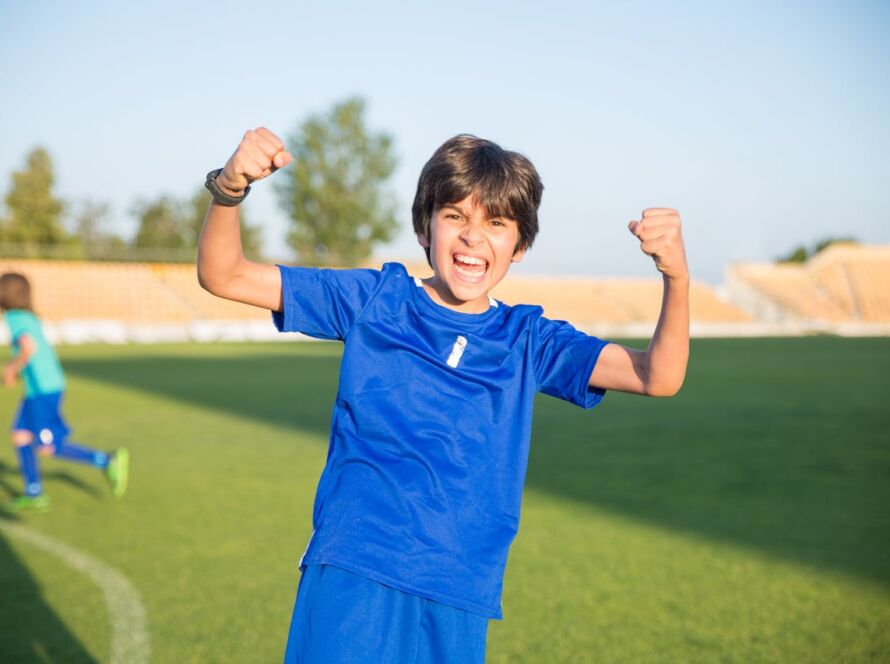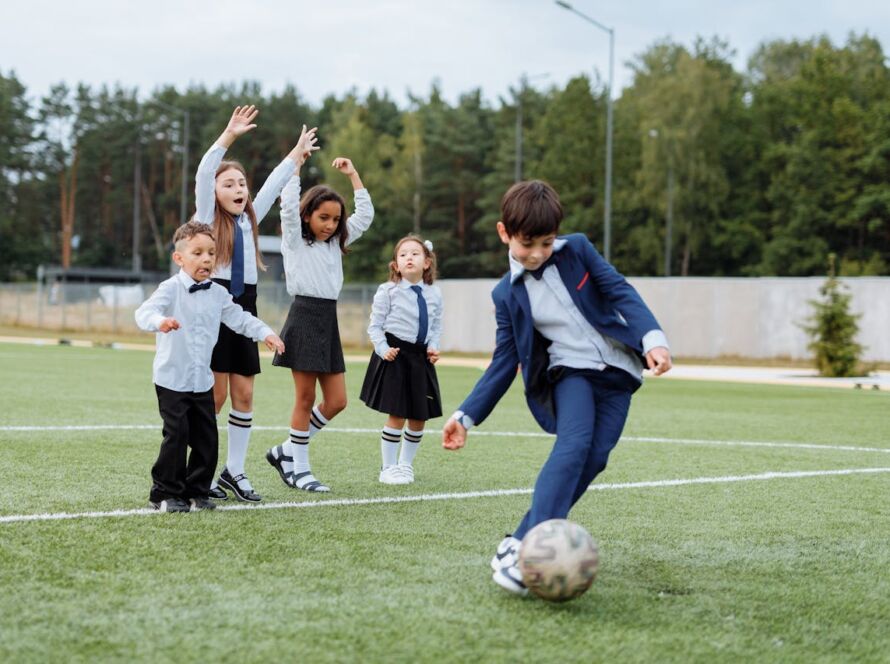Developing a football player goes far beyond just teaching them how to kick a ball. It’s a comprehensive journey that combines physical conditioning, technical skills, tactical understanding, and mental resilience. Whether a player is just starting out or competing at a high level, a thoughtful development strategy can enhance performance, minimize injury risks, and keep motivation high.
In this article, we’ll explore the key pillars of player development and provide actionable insights for coaches and training staff to elevate both individual athletes and the team as a whole.
Empowering Players Through Reflection and Goal Setting
True progress begins when players take charge of their own growth. Encouraging them to evaluate their own strengths and areas for improvement helps foster accountability and self-awareness. Coaches can support this by creating opportunities for regular reflection, such as post-match or post-training reviews.
✅ Goal setting is another essential step. Using SMART goals — Specific, Measurable, Achievable, Relevant, and Time-bound — helps players stay on track and motivated. For instance, a player might aim to “Improve endurance to sustain high performance for 90 minutes — hit level 18.1 on the beep test within a month.”
✅ One-on-one check-ins between players and coaches are invaluable. These conversations allow for personal feedback, progress reviews, and minor course corrections to keep goals aligned with the player’s growth.
✅ It’s equally important to align training activities with development goals. If a player focuses on decision-making under pressure, incorporating high-tempo drills like small-sided games or scenario-based practices will yield better results than generic routines.
The 5 Core Areas of Football Player Development
Effective player growth relies on a holistic approach, covering five key dimensions:
Technical Mastery: Skills like passing, dribbling, shooting, and ball control form the foundation. Progress comes from repetition and targeted training.
Tactical Understanding: It is crucial to know how to read the game, respond to situations, and adapt formations. Tactical drills, match analysis, and guided gameplay build this awareness.
Physical Fitness: Strength, speed, agility, and stamina are non-negotiables. A balanced regimen of resistance training, conditioning, and recovery ensures players are ready to perform.
Mental Strength: Confidence, focus, and emotional control can make a massive difference, especially under pressure. Mindfulness exercises, visualization, and mental coaching can give players the edge.
Lifestyle & Recovery: What players do off the pitch is just as vital. Adequate sleep, a healthy diet, proper hydration, and recovery techniques like stretching or ice baths help maintain peak performance.
Creating an Effective Development Plan
A structured development plan acts as a roadmap for both players and coaches. Start with setting clear team-wide goals and then personalize them for each athlete. For example, while the team might aim to improve build-up play, an individual player could focus on winning aerial duels more consistently.
Instead of occasional reviews, schedule regular progress checks — monthly or every six weeks works well. These moments are perfect for reviewing progress, refining goals, and adjusting focus areas.
Self-reflection should also be encouraged. Players can use video analysis, feedback forms, or guided evaluations to reflect on their performances. This nurtures a habit of continual learning and improvement.
When planning training sessions, ensure they’re tailored to the specific goals at hand. For instance, if a midfielder wants to improve long passes, the training should include drills that simulate real-game passing situations.
Use simple fitness benchmarks — like sprint speed, endurance tests, or jump height — to measure physical improvements. These data points help track progress and keep motivation high.
Most importantly, stay flexible. Development isn’t always a straight path. Adapt the plan when players face injuries, changes in roles, or performance dips. Keep communication open so players feel supported throughout their journey.
Final Thoughts
Football development doesn’t have to be overwhelming. Focus on the essentials: set meaningful goals, encourage regular reflection, and build purposeful training plans. When players are empowered to take responsibility and coaches provide the right guidance, long-term success becomes inevitable.


